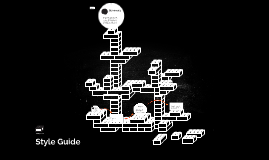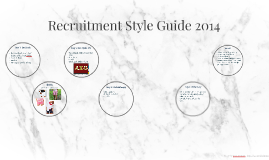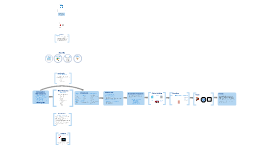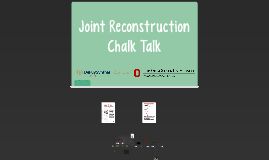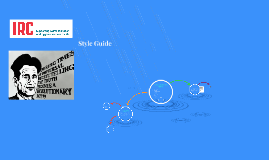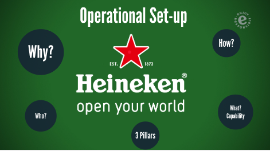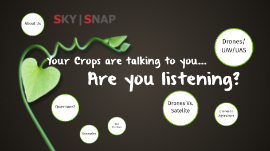Anime Style Presentation Template
Transcript: Example Templates Minimalist Anime Template A Minimalist Anime Template employs clean lines, simple color palettes, and fewer graphic elements. This style focuses on key information while maintaining an anime aesthetic, allowing the content to attract attention without visual clutter. Interactive Template Design Bold and Colorful Template Bold and Colorful Templates leverage vibrant hues and striking contrasts commonly found in anime. This style captivates audiences visually, enhancing engagement and retention of information through dynamic visuals and graphic illustrations. Interactive Templates incorporate elements such as clickable buttons and transitions, which invite audience participation. By integrating storytelling and animations, these templates create an immersive experience, effectively conveying messages in a captivating way. Anime Style Presentation Template Themed Templates for Events Themed Templates cater to specific events, such as conventions or festivals. Embracing particular art styles or character motifs, these templates evoke the event's atmosphere, aligning the presentation with the audience's expectations and interests. Introduction to Anime Style Definition of Anime Style Anime style refers to a unique form of animation originating from Japan, featuring stylized characters and imaginative storylines. It encompasses various themes, ranging from fantasy to romance, and has gained global recognition and influence in popular culture. Importance of Visual Aesthetics Elements of Anime Art Tips for Effective Presentations Visual aesthetics play a crucial role in anime, establishing emotional connections and enhancing storytelling. Employing distinctive art styles captivates viewers, creating memorable experiences that lead to strong fan engagement and brand loyalty. Anime art incorporates various elements, including character design, color palettes, and background artistry. Key features such as large expressive eyes, dynamic movement, and unique character expressions contribute to the visual identity of anime. Overview of Template Design Template design for anime presentations involves integrating visual components that reflect anime aesthetics, including color schemes, typography, and layout. Effective templates facilitate seamless communication while maintaining visual appeal to the viewer's eye. Balancing Text and Visuals Engaging Your Audience An effective presentation strikes a balance between text and visuals. Use concise bullet points for clarity and complement them with relevant images or graphics to reinforce key messages without overwhelming the audience with information. To engage the audience effectively, utilize storytelling techniques that resonate with them. Tailor your content to their interests, and involve them with questions or interactive elements to maintain attention throughout the presentation. Using Animation Effectively Finalizing Your Presentation Animations can enhance understanding and draw attention but should be used sparingly. Effective animations help illustrate complex ideas or transitions smoothly without distracting from the primary message being conveyed. Before concluding, ensure that all slides are cohesive, and check for clarity and consistency in style. Rehearse the delivery multiple times to identify areas for improvement, ensuring timing and flow feel natural for the audience. Designing Engaging and Creative Templates Designing Your Template Typography Choices Color Schemes in Anime Typography in anime heavily influences presentation tone. Fonts can range from playful script styles to bold, modern sans-serifs, tailored to match the intended emotional context and theme of the anime style being represented. Color schemes play a crucial role in anime aesthetics, often using bright, saturated colors to evoke emotional responses. Popular palettes include complementary colors for vibrancy or muted tones for emotional depth, helping to set the overall mood of the presentation. Incorporating Anime Characters Layout and Composition Effective layout and composition enhance readability and visual appeal in an anime template. Utilize grids and balance between text and images to create an engaging flow, drawing the audience's eye naturally across the presentation. Integrating anime characters into templates can create personal connections with the audience. Choose characters that resonate with the content and use them strategically to enhance storytelling without overshadowing the primary message.






